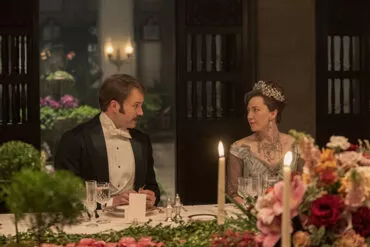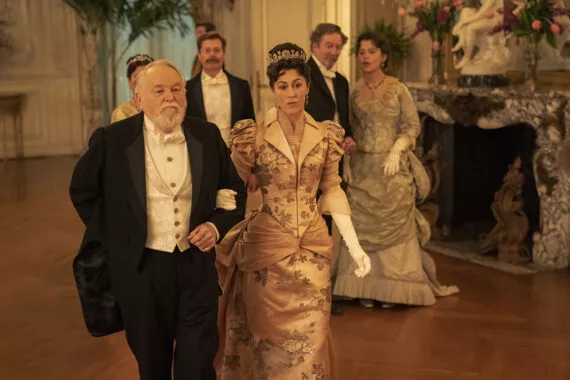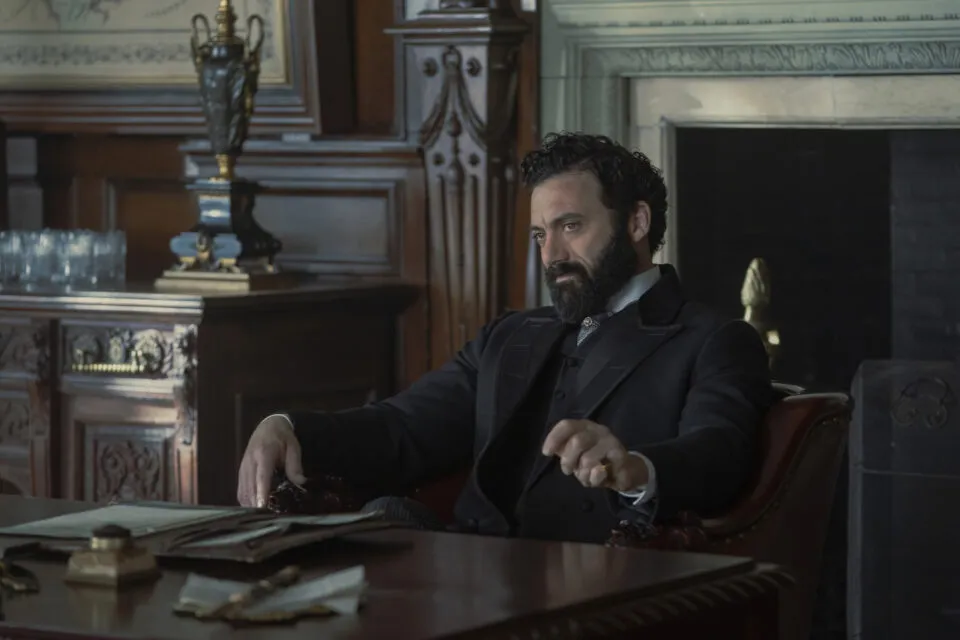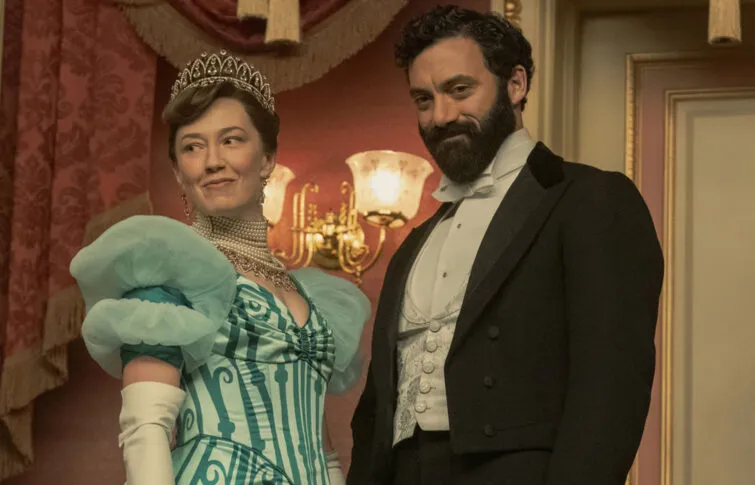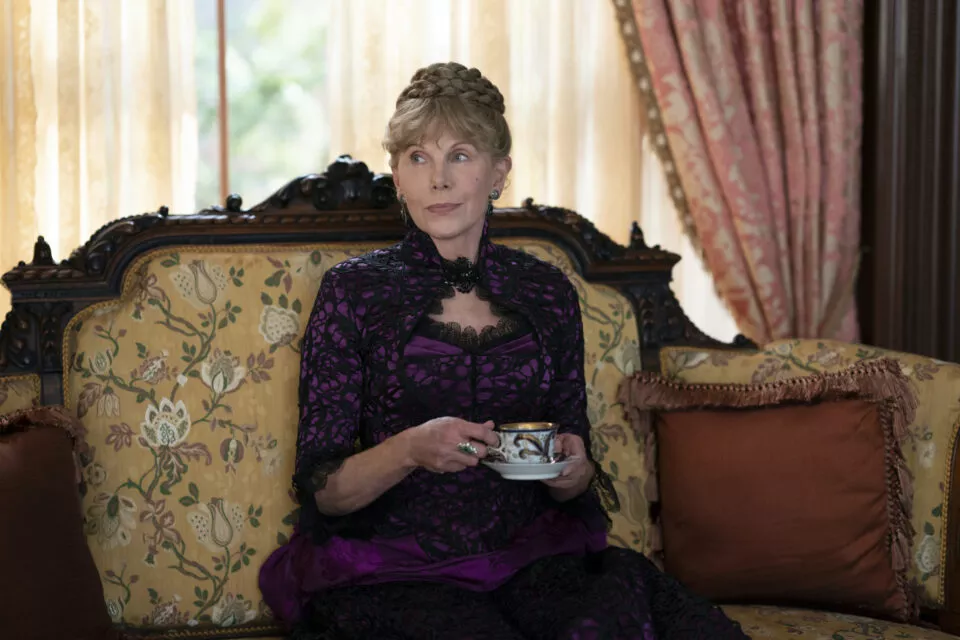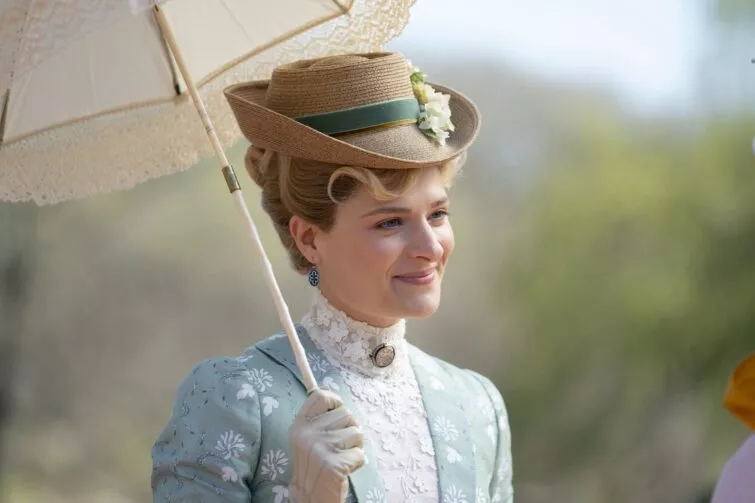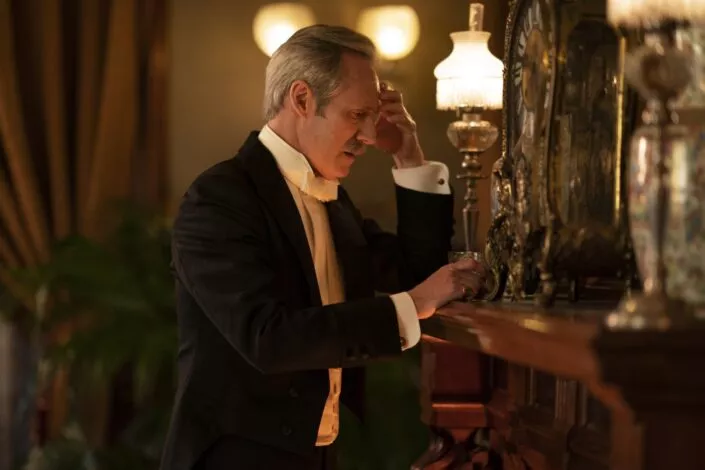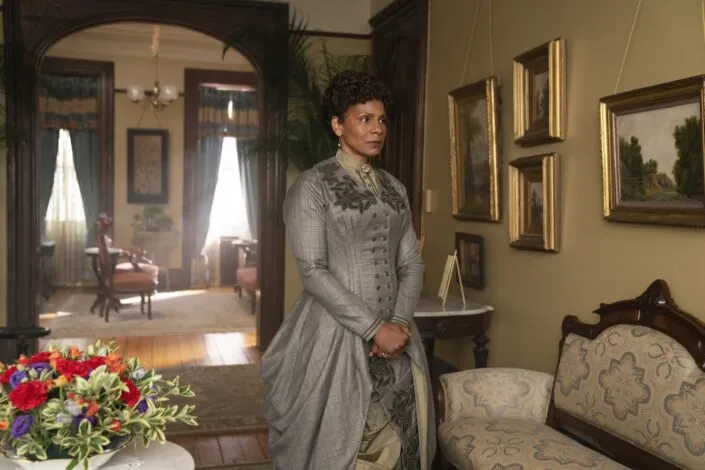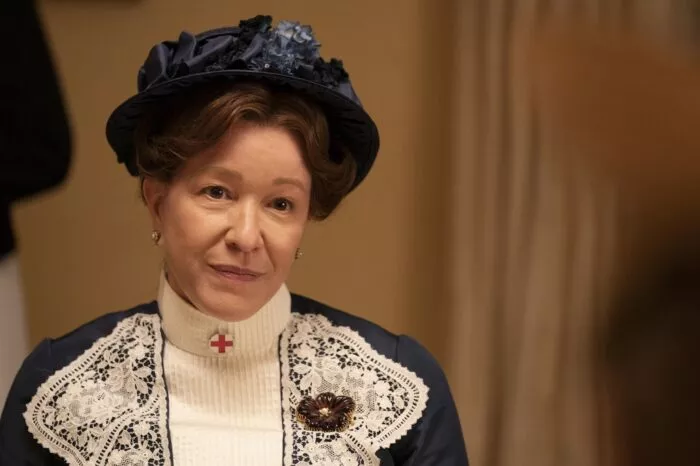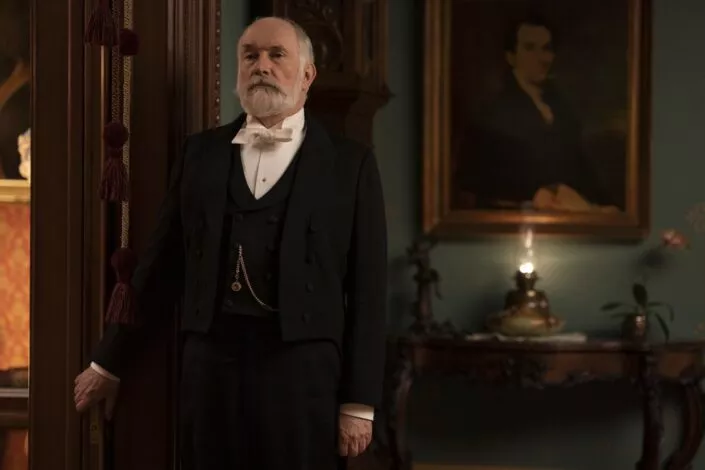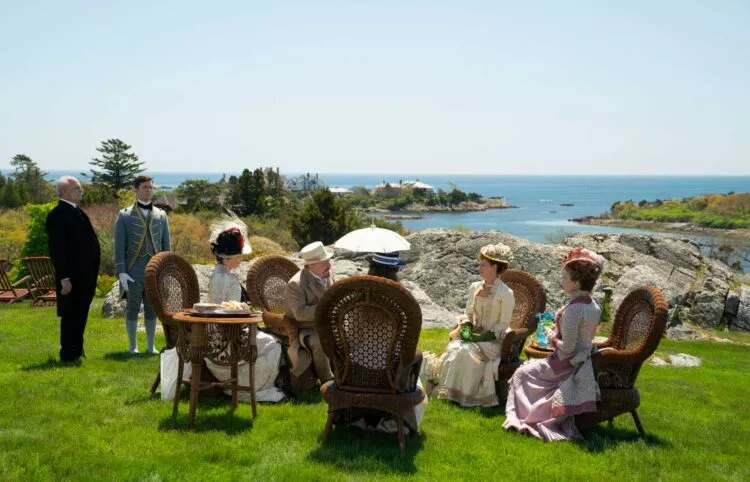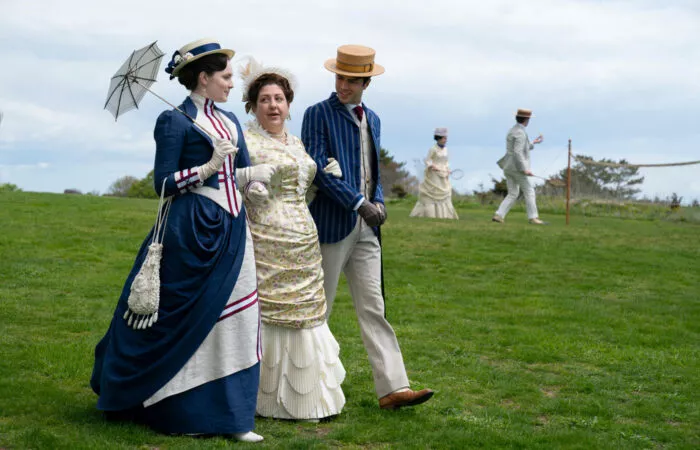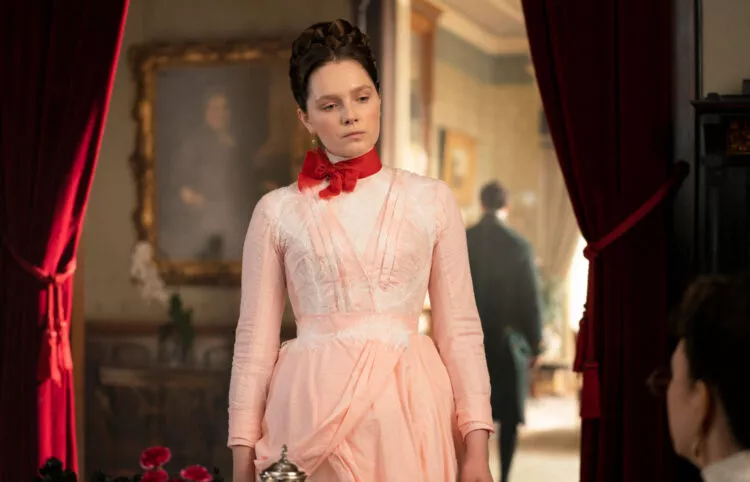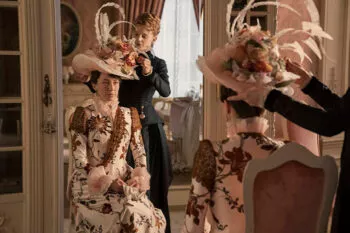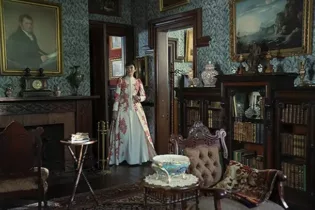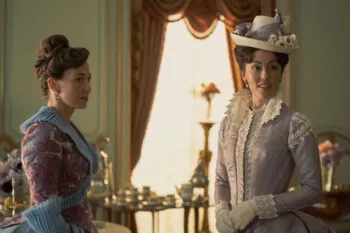Season 2/Episode 6, “Warning Shots”
Bertha’s opera house project is far from harmonious. George goes to Pittsburgh to deal with a potential strike by his steel mill workers. Peggy takes up the cause of schooling for Black children in New York City.
In this Episode…

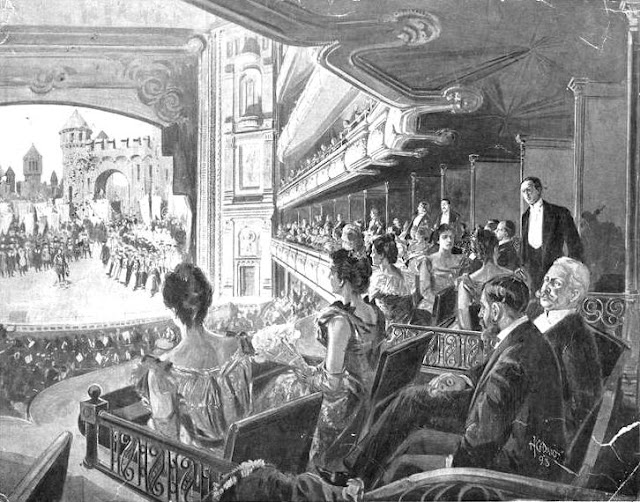
☞ The opera war escalates, pitting the old guard of the Academy of Music, led by Mrs. Astor, against the upstart Metropolitan Opera, led by Bertha Russell and financed in large part by her husband. The Met was founded in 1883, the year in which this season of “The Gilded Age” was set, and the storyline is based on real history – except that the major sponsor was William Henry Vanderbilt, father of Cornelius II of The Breakers and William K. of Marble House.
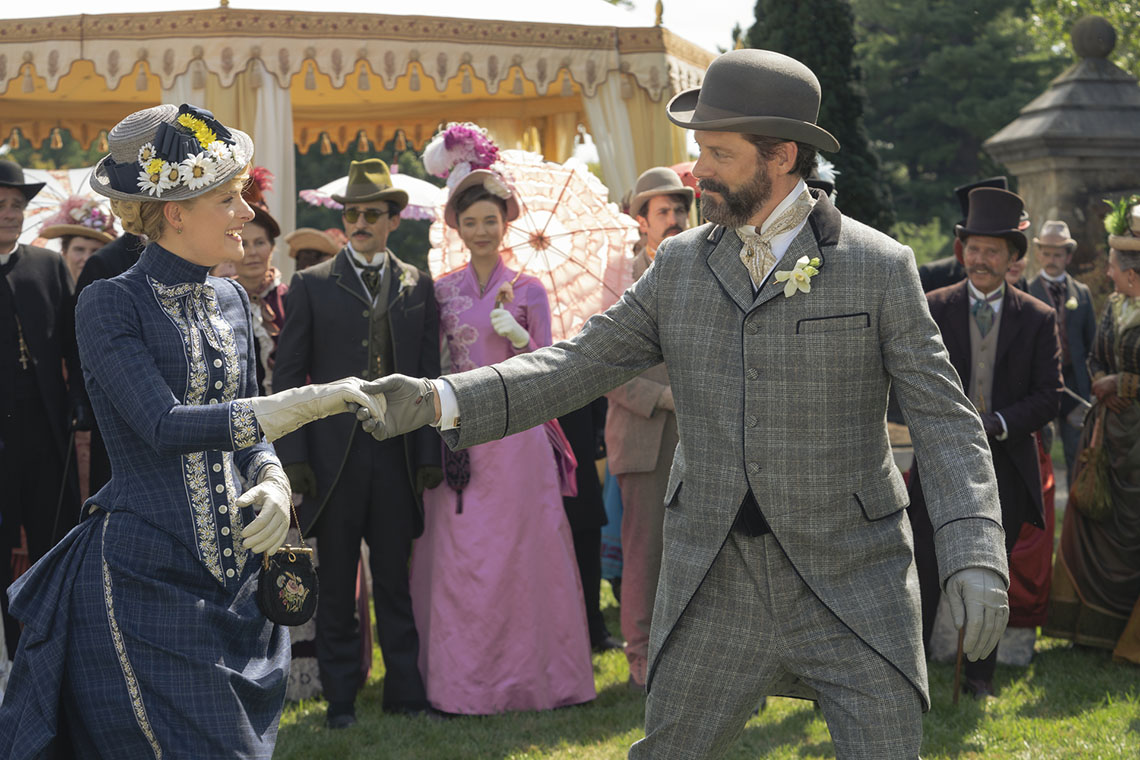
☞ Dashiell Montgomery gives a party to celebrate the opening of a solarium at a botanical garden. The New York Botanical Garden was not established until 1891.
☞ Ada and her new husband, Reverend Matthew Forte, honeymoon at Niagara Falls, which was a popular tourist destination as it is now. The mid-19th century brought many attempts to walk the falls on a tightrope, swim the rapids or perform other dangerous stunts.
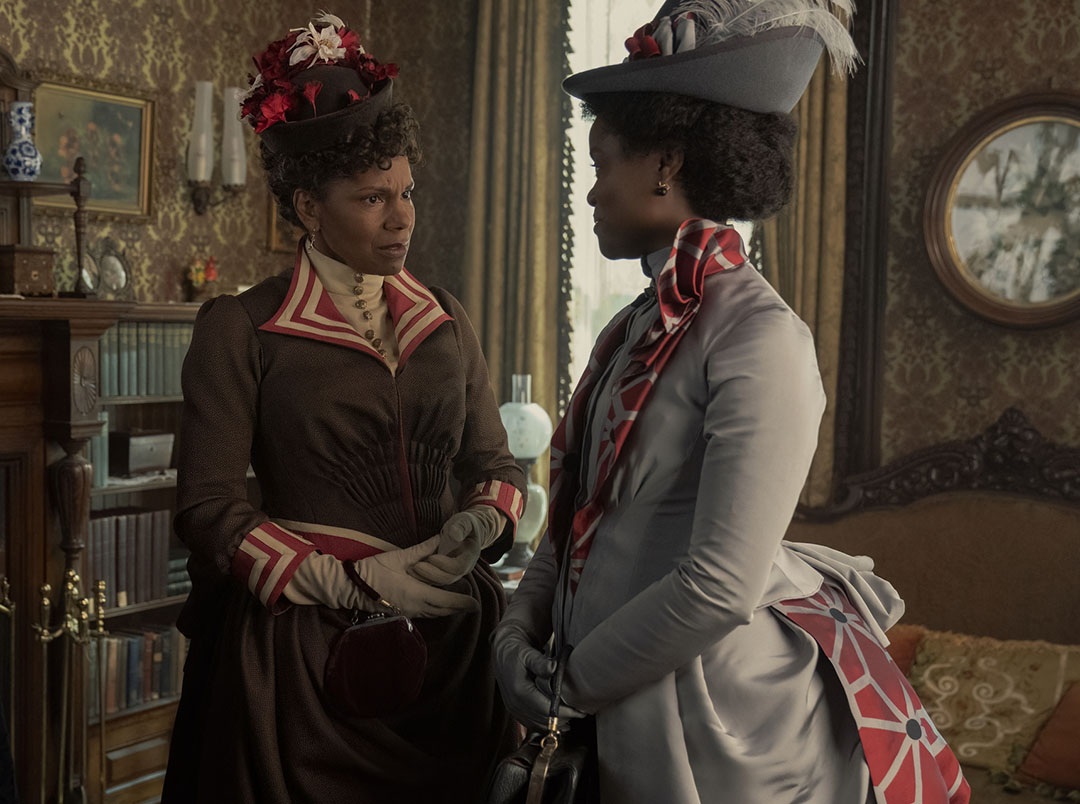
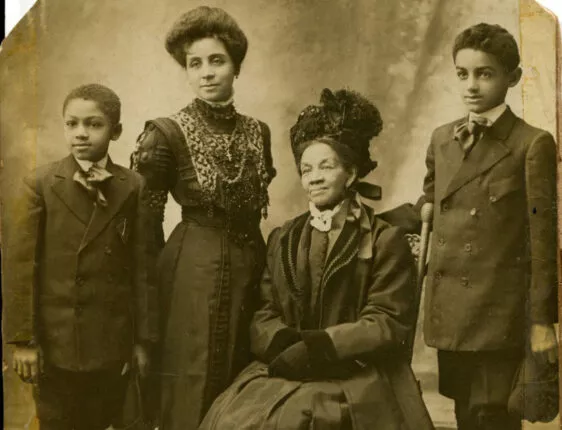
☞ Peggy and Mrs. Scott call on the principal of a school for Black students in danger of being shut down by the Board of Education. This principal was a historical figure: Sarah J. Garnet (1831-1911). Garnet began teaching in Brooklyn in 1854 and became principal of a segregated school in Manhattan. She had a seamstress shop from 1883 to 1911, as shown in this episode. Garnet’s accomplished family included her sister Susan McKinney Steward, the first African American woman in the state of New York to earn a medical degree, and her daughter Serena Jane Tompkins, a pianist. Later in the 1880s, Garnet would found the Equal Suffrage League in Brooklyn, and she served as superintendent of suffrage for the National Association of Colored Women.
☞ Jack Trotter, Agnes van Rhijns’ footman, goes to the local U.S. Patent and Trademark Office to apply for a patent on the new kind of escape wheel he has invented to improve the alarm clock. This is a great period of invention. In 1836, the year the patent agency was established, it granted 702 utility patents for inventions. In 1883, the year in which “The Gilded Age” Season 2 is set, it granted 21,160 – the highest number up to that date.
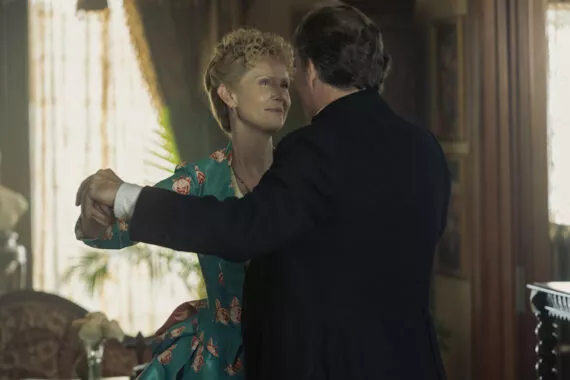
☞ The music box given to Reverend Forte and Ada as a wedding gift plays “On the Beautiful Blue Danube,” an extremely popular waltz written by Johann Strauss II in 1866 and first performed in the United States in 1867.
☞ The Elms kitchen represents the Russells’ kitchen in their New York mansion, where Bannister, Agnes van Rhijn’s butler, pays an unexpected visit.
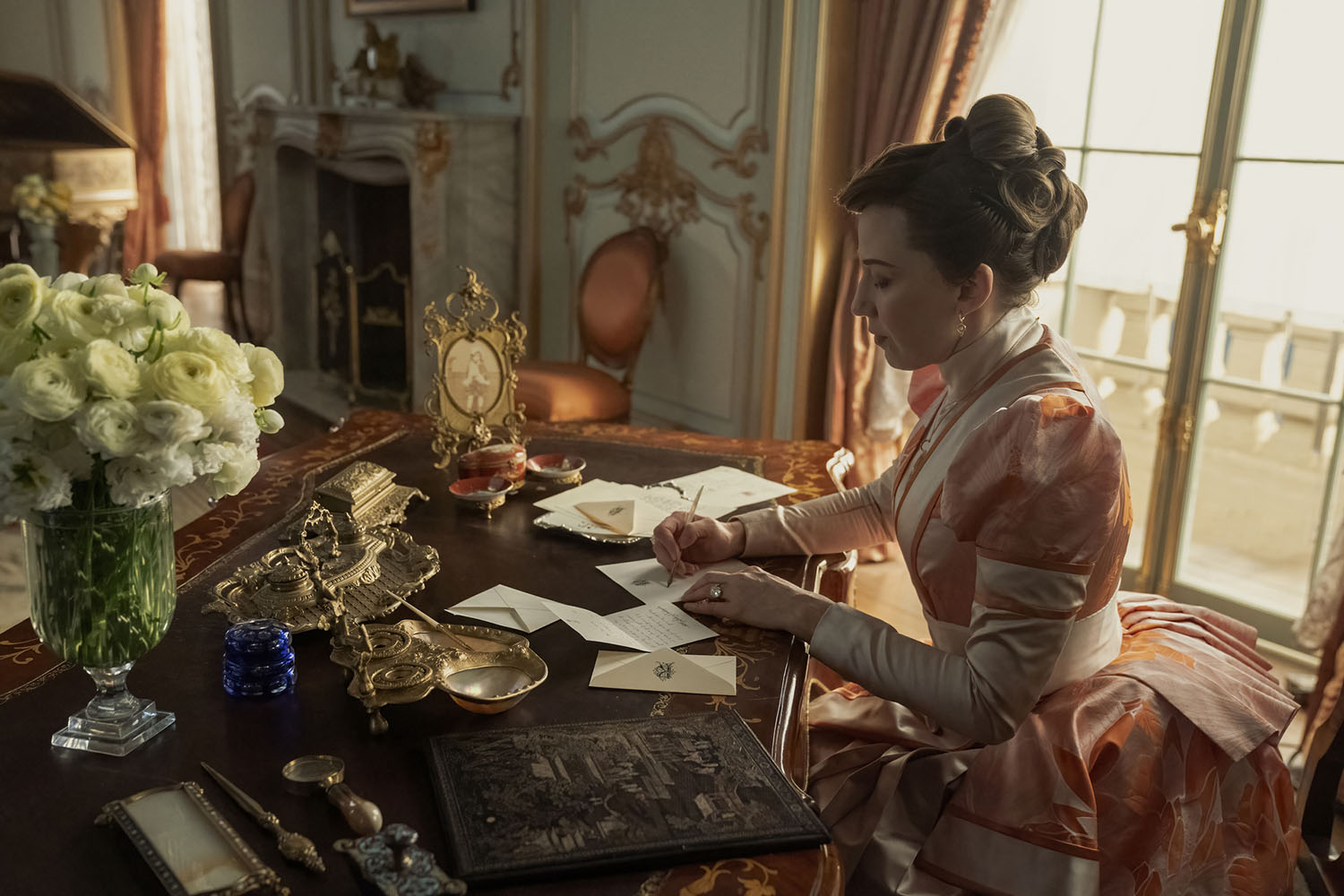
☞ Bertha Russell receives a letter from the Duke of Buckingham, her dinner guest in Episode 5, stating he will come to New York for opening night at the opera – at her opera house, the Metropolitan, not the old-money Academy. What a coup!
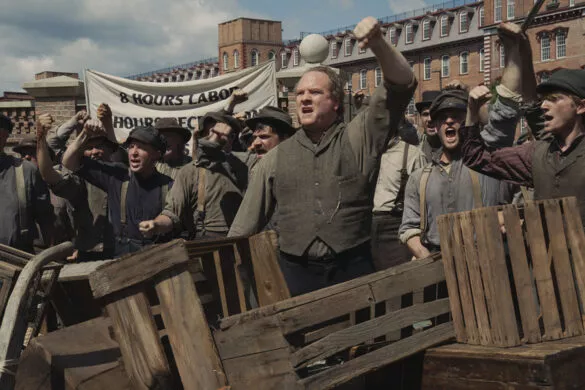
☞ The workers at George Russell’s Pittsburgh steel mill prepare to strike. Russell’s assistant, Clay, describes the plan for countering the strike: the governor will send in the National Guard to escort strikebreaking workers (scabs) to the mill to work instead of the strikers.
☞ George visits union leader Henderson at home; the contrast between this simple, small dwelling and the sumptuous homes of the show’s wealthy characters is striking (no pun intended).
☞ Henderson notes that the whole town works at Russell’s mill. This is reminiscent of other company towns like Windber, Pennsylvania, a coal mining town operated by the Berwinds of The Elms.
